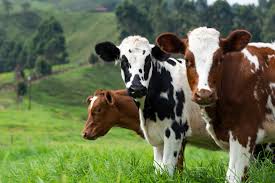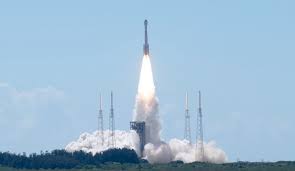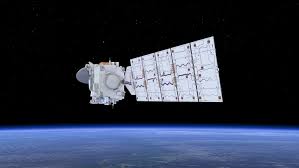Ecologist Warns That Bird Flu Is Spreading to Mammals and That US Dairy Cows Are Just the Beginning
The agricultural business is reeling from the recent diagnosis of H5N1, or bird flu, in dairy cows in the United States. A renowned disease ecologist cautions that this may only be the tip of the iceberg, despite health authorities maintaining a low public health risk.
Professor and chair of the department of environmental sciences Thomas Gillespie said, “We have moved into new territory,” in a recent news release from Emory University.Concerningly, the infections in dairy cows point to a worrying trend: avian flu has been affecting a wide range of mammals globally since 2022.
“You can find this trend almost anywhere you look,” claims Gillespie, who is an advocate of the “One Health” theory, which highlights the relationship between human, animal, and environmental health. “There is a very wide spectrum of hosts that this virus can infect.”
The recent spread of the avian influenza virus to mammals raises grave worries, even though the virus normally affects birds, with wild migratory birds serving as natural reservoirs. Cases in animals such as seals, sea lions, foxes, and bears have been reported, and large die-offs have occurred in some populations.
We’re still looking at the reasons for this interspecies jump. The most likely culprit is either diseased birds or contaminated habitats. In contrast to foxes or bears, who may scavenge dead birds, cows rarely come into direct touch with them. Researchers believe that tainted food or water could serve as an indirect vector for the virus.
Luckily, it doesn’t seem like there is much of a risk to people right now. There have only been two human infections of the avian influenza in the United States, both of which have been connected to people who work on dairy farms, and the cases in cows have been rather mild. Furthermore, the H5N1 virus in milk products is successfully eliminated by pasteurization.
More worrying, though, is the possibility that the virus may evolve and spread more easily among animals, including people. A virus has the potential to undergo genetic modifications that could increase its contagiousness each time it crosses a species barrier.
“We still need some clarification to put this into perspective: most of all, how many cows show evidence of being infected with the virus?” In an interview with New Scientist, Richard Webby of Tennessee’s St. Jude Children’s Research Hospital states. Should the number of afflicted cows be negligible, the virus may have reached its end. Mutations might, however, find a home if illnesses spread widely.
Gillespie highlights the value of a “One Health” strategy because of this. Scientific research can potentially avert future outbreaks by closely monitoring animal populations, both domestic and wild, and examining the mechanisms by which infections spread among different species.
The current state of affairs also emphasizes how environmental factors may influence the spread of disease. As Gillespie notes, a large number of mammal species that are vulnerable to bird flu are already experiencing habitat loss and the consequences of climate change. These animals may be even more susceptible to infection if their immune systems have been compromised by environmental stressors.
In the future, scientists are attempting to comprehend how the avian flu can spread to other species and to create efficient vaccinations for cattle and possibly people. To slow down the virus’s spread, farmers will need to implement stronger biosecurity protocols and monitor animal populations more closely.
A sobering reminder of how intertwined our globe is is the latest avian flu infections in dairy cows in the United States. We can possibly stop this worrying tendency from becoming a full-blown epidemic by cooperating across disciplines and sectors.



